branta sandvicensis
Hawaiian Goose (Nēnē)
About Me
Scientific Name: Branta sandvicensis
Description
The Nene is one of 30 birds species in Hawaii classified by both the State and Federal government as an endangered species. It is Hawaii’s state bird, which adds a special impetus to its preservation as a symbol of native Hawaiian wildlife. It is also the only goose endemic to the Hawaiian Archipelago which exists; at least eight other endemic goose species are known to have become extinct.
Fun Facts
- Unlike most other geese, Nene are non-migratory, in that generally only island wide movement is known to occur.
- Nene have also been called “semi terrestrial,” in that the toe webbing is reduced.
- Kingdom: Animalia
- Phylum: Chordata
- Class: Aves
- Order: Anseriformes
The Nene is one of 30 birds species in Hawaii classified by both the State and Federal government as an endangered species. It is Hawaii’s state bird, which adds a special impetus to its preservation as a symbol of native Hawaiian wildlife. It is also the only goose endemic to the Hawaiian Archipelago which exists; at least eight other endemic goose species are known to have become extinct.
As with all geese, the Nene is monomorphic. That is, the sexes are nearly identical in appearance, with the male being somewhat larger.
Recently discovered fossil deposits strongly suggest that the ancient distribution of Nene included Kauai, Molokai, Maui, and the Big Island. The current distribution of Nene on the Big Island occurs primarily on the slopes of Mauna Loa, Kilauea, and Hualalai. The reintroduced population of Maui is currently centered in the Haleakala Crater area. These upland habitats frequently are vegetated areas among the more recent lava flows, generally with no natural standing water. Nene also utilize pasture and other grass lands.
The Nene or Hawaiian Goose is a member of the family that includes the whistling ducks, swans, and true geese. Unlike most other geese, Nene are non-migratory, in that generally only island wide movement is known to occur. Nene have also been called “semi terrestrial,” in that the toe webbing is reduced.
The Nene and the Canada Goose are probably derived from a common ancestor. However, there are some differences between the Nene and members of the goose family, including a “winter” breeding season in contrast to the typical “summer” season of North American geese and the reported ability to copulate out of water.
Nene are grazer/browsers which are associated with lava fields vegetated with a dry grass/native shrub ecosystem (less than 90 inches of rain a year). Most of their dietary water intake need is probably met via the consumption of berries. In the zoo, they eat bird chow and vegetables, and grass and herbs that grow in their enclosure.
The breeding season (nest construction, egg laying, and incubation) of wild Nene in Hawaii generally begins in October and ends in February. This corresponds more or less with the wet winter season in Hawaii, when most plant growth occurs.
A list of factors that limit Nene survival includes loss of habitats to development and agriculture, establishment of nonnative species (mammalian, predators, avian competitors, non-native plants, mosquitoes), and direct human disturbance.
Human-caused ecosystem changes will probably always necessitate some degree of management for the Nene in order to “compensate” for severe ecosystem disturbances.
Nenes used to be more common. Prior to 1778 (when Capt. James Cook arrived) there were about 25,000 Nene. By the mid 1900’s, wild Nene numbered less than 30. Breeding programs at Slimbridge in England and Pohakuloa, Hawaii have helped bring the current population in Hawaii up to about 3,000 birds.
Other Birds
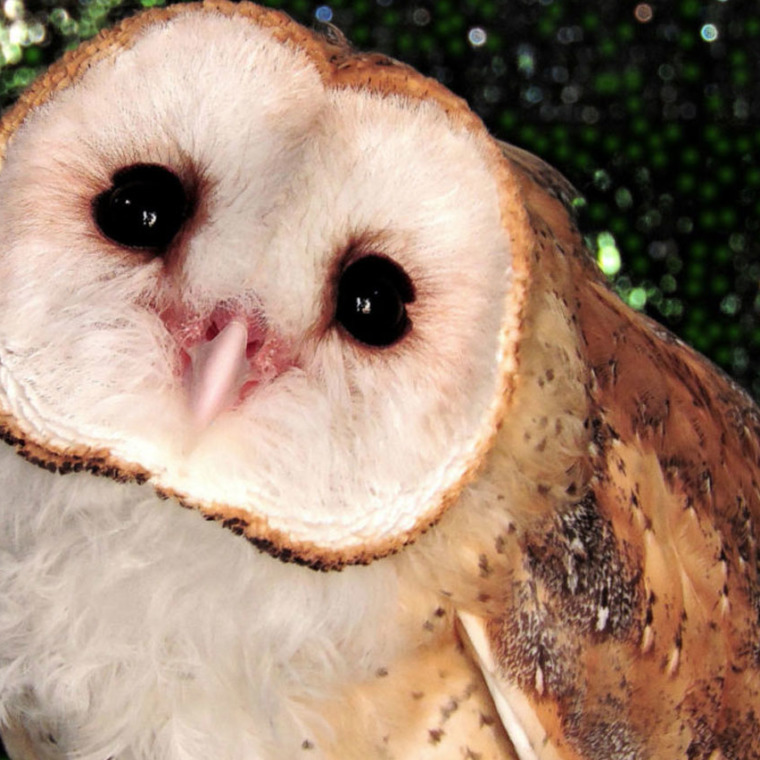
Barn Owls are found throughout the globe, in Europe, Africa, Asia, Austrailia, and the Americas
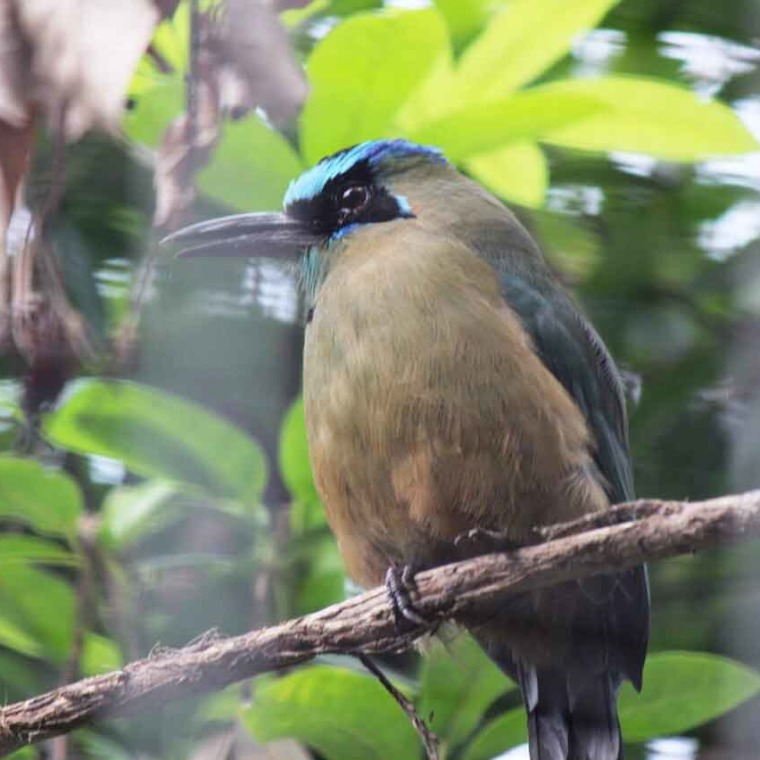
This animal can grow over a foot in length! Motmots possess a serrated beak and red eyes, with a black mask that encircles their heads.
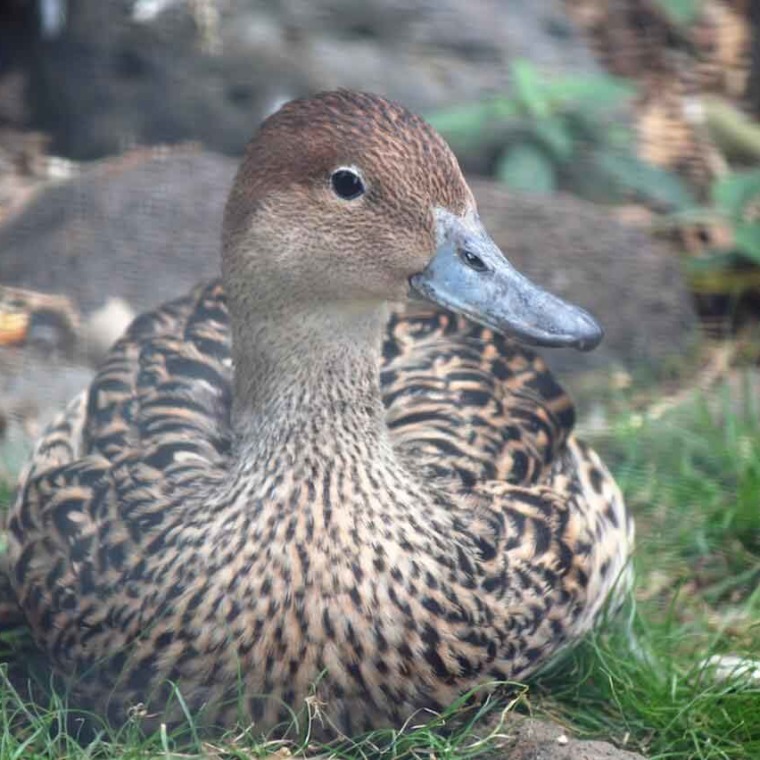
Koloa maoli are very secretive and difficult to observe except in protected areas such as Hanalei National Wildlife Refuge on Kauai.
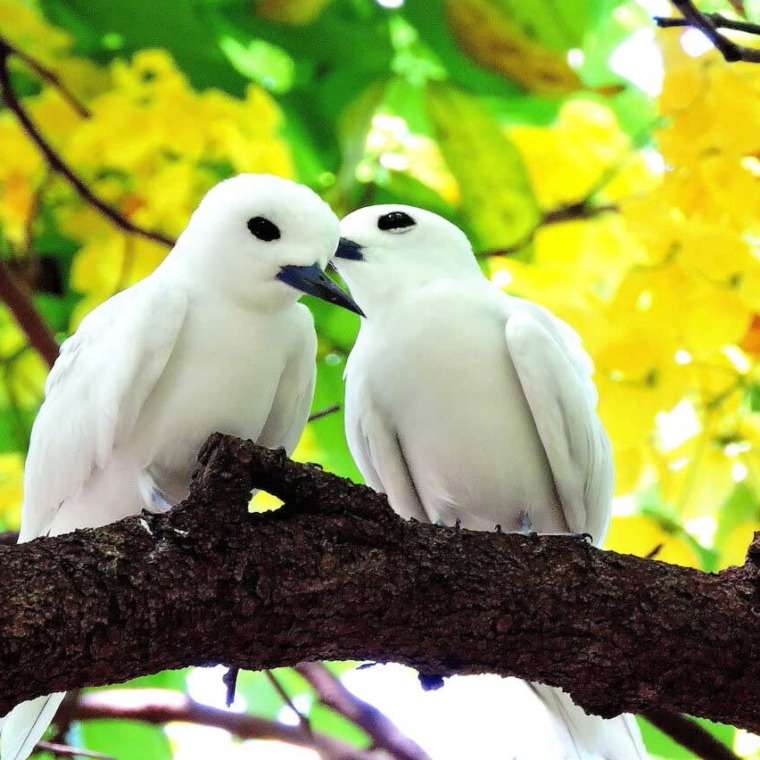
This bird is found primarily on islands, and has a wide ranger across the equatorial band of every ocean on Earth, save for the Arctic Ocean, which does not cross the equator.
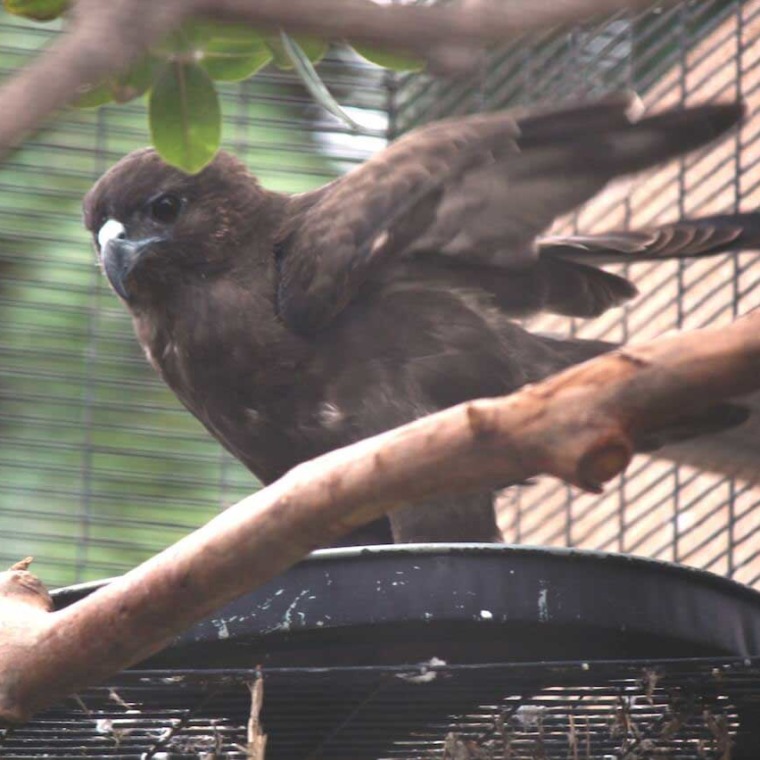
’Io prefer to hunt from tall perches that they use to survey their prey; however, they are known to dive at targets from mid-flight if the opportunity presents itself. are territorial and come together only to breed.







